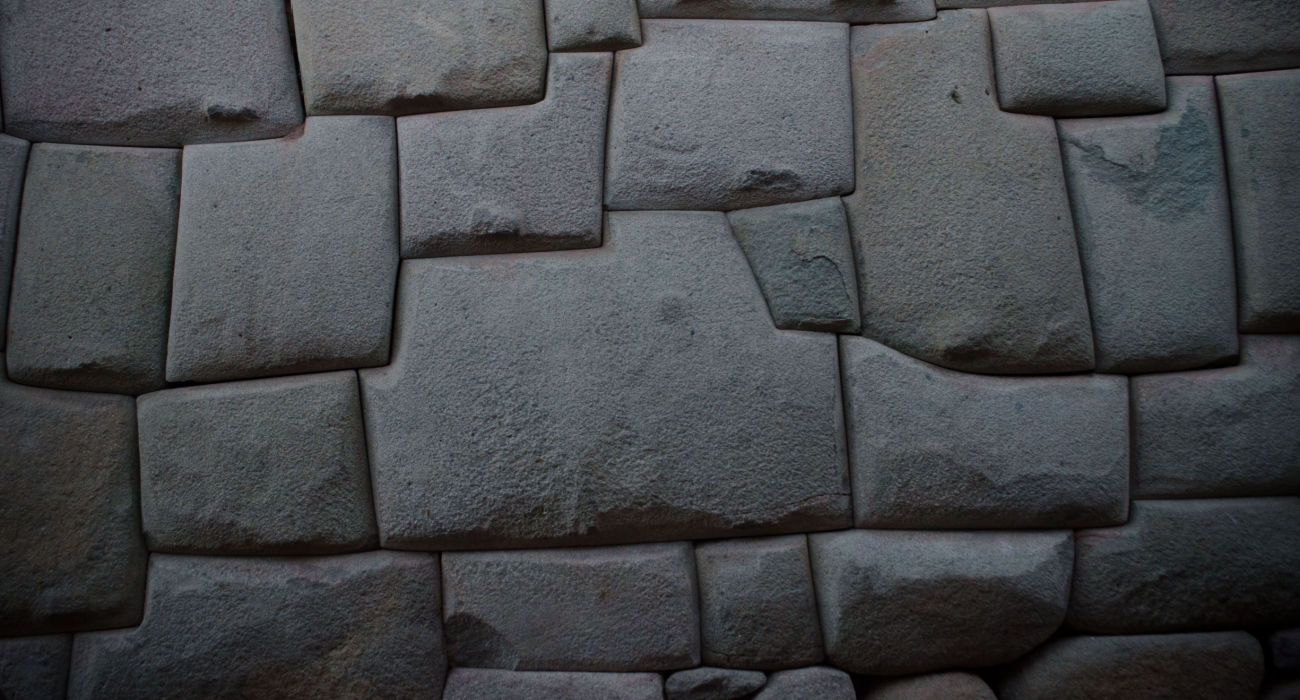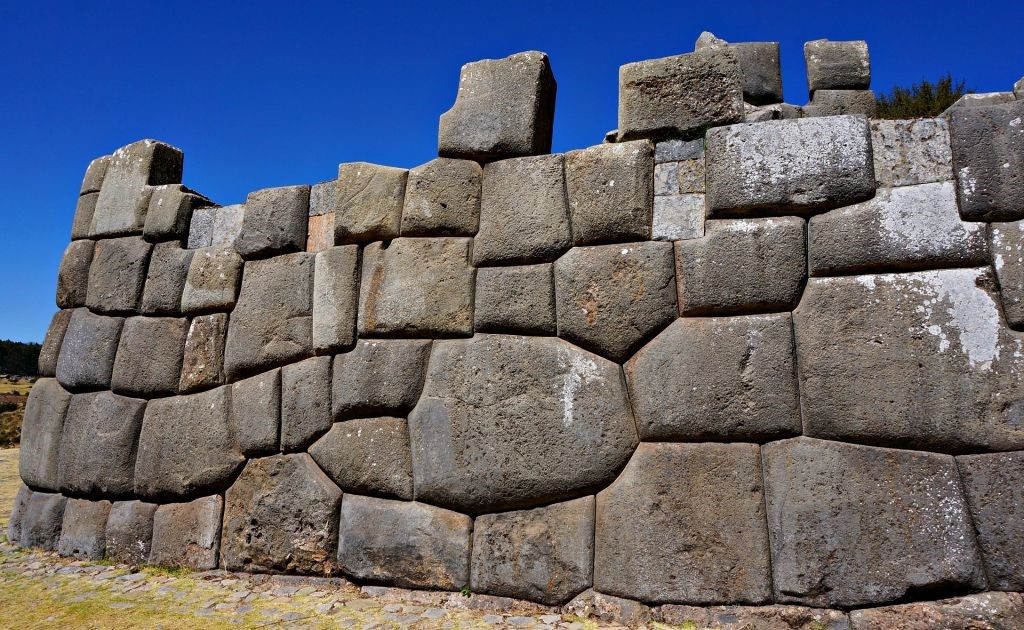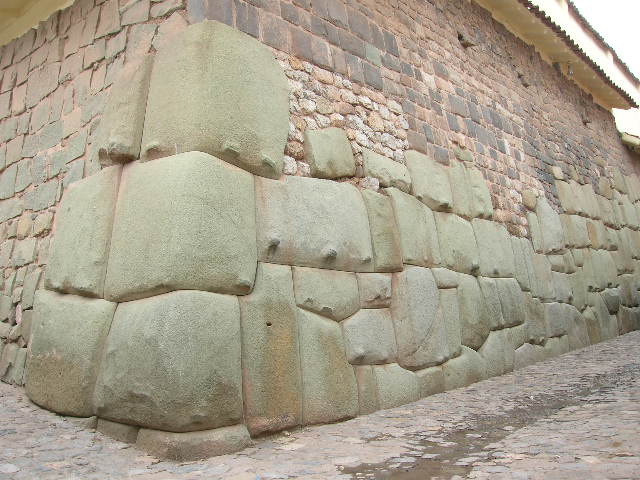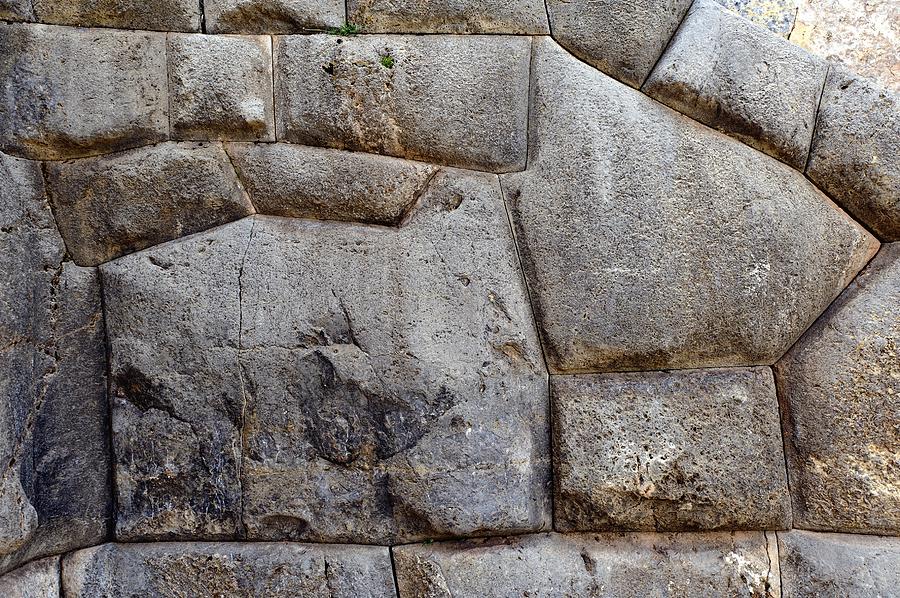Nestled high in the Andes, the historic city of Cusco stands as a testament to the ingenuity and craftsmanship of the Inca civilization. Among the city’s most captivating features are the Inca walls that line its streets, showcasing the remarkable stonemasonry skills of the Inca people. These imposing structures serve as a gateway into the fascinating history and engineering prowess of the Inca empire.
In this blog post, we’ll delve into the intriguing world of Cusco’s Inca walls, exploring the architectural marvels of the Amarucancha and Acllahuasi sites, marveling at the Incas’ mastery of stonemasonry, and understanding how their innovative construction techniques allowed these structures to withstand the region’s frequent earthquakes. Join us on a journey through the enduring legacy of the Inca empire, as we uncover the secrets behind the captivating Inca walls that continue to captivate and inspire visitors to Cusco.
The Walls of Amarucancha and the Acllahuasi

If you venture southeast from the Plaza de Armas in Cusco, you’ll be met with the sight of Inca walls lining both sides of the narrow alley of Loreto. On the right-hand side, you’ll encounter the walls of Amarucancha, or the “Courtyard of the Serpents.” This site was once the palace of the 11th Inca, Huayna Capac, and the church of La Compañía was later built here after the Spanish conquest.
Across the alley, you’ll find the oldest and most spectacular Inca wall in Cusco – the walls of the Acllahuasi, or the “House of the Chosen Women.” After the conquest, this building became part of the convent of Santa Catalina, transitioning from housing the Virgins of the Sun to pious Catholic nuns.
These Inca walls, with their intricate patterns and precisely fitted stones, serve as a testament to the engineering prowess and craftsmanship of the Inca people. As you walk along these ancient pathways, you can’t help but be in awe of the sheer scale and grandeur of these architectural wonders.
The Mastery of Inca Stonework

The Incas’ ability to construct these impressive walls without the use of cement is a true marvel of engineering. The adjoining surfaces between the blocks fit together so perfectly and exquisitely that they did not require any mortar. The stones were carefully interlocked, creating a sturdy and stable structure that could withstand the region’s frequent earthquakes.
Inca stonemasons would meticulously shape each block to fit seamlessly alongside the others, ensuring a tight and secure fit. This level of precision and attention to detail is evident in the intricate patterns and designs observed on the walls, where the center stone has been expertly shaped to interlock with a total of 11 surrounding stones.
This mastery of stonemasonry was not just for aesthetic purposes; it was a practical solution to the region’s seismic activity. The Inca walls were designed to absorb the impact of earthquakes, a feature that the Spanish conquistadors sorely lacked in their own buildings, which were often destroyed by tremors.
Anti-Earthquake Innovation

By interlocking the stones and carefully shaping them, the Incas created walls that could sway and flex with the earth’s movements, rather than crumbling under the pressure. This innovative approach to construction has enabled many of these Inca walls to withstand the test of time, standing as a testament to the engineering prowess of the Inca civilization.
The Incas’ understanding of the region’s seismic activity and their ability to design structures that could withstand these forces is truly remarkable. Their mastery of stonemasonry, combined with their innovative construction techniques, allowed them to create buildings and walls that have stood the test of time, even in the face of devastating earthquakes.
Exploring the Inca Legacy

The captivating Inca walls of Cusco have been the subject of extensive study and fascination. In his book “Monuments of the Incas,” author John Hemming delves into the intricate process of shaping and assembling the often-gigantic stone blocks that make up these architectural wonders. Hemming’s research, coupled with the stunning photography of Edward Ranney, offers a deeper understanding and appreciation of the Inca’s remarkable achievements in stone masonry.
As you wander the streets of Cusco, the Inca walls that line the city serve as a powerful reminder of the ingenuity and craftsmanship of the Inca people. These imposing structures stand as monuments to a lost civilization, inviting visitors to explore and appreciate the engineering marvels that continue to captivate and inspire.
Conclusion

By understanding the exceptional skills and techniques that went into the construction of Cusco’s Inca walls, we can gain a deeper appreciation for the enduring legacy of the Inca empire and its lasting impact on the architectural landscape of the city. These impressive structures are not just relics of the past, but living testaments to the Incas’ mastery of stonemasonry and their innovative approach to construction that allowed their buildings to withstand the region’s frequent seismic activity.
As you explore the streets of Cusco and marvel at the Inca walls that line the city, take a moment to reflect on the extraordinary achievements of this ancient civilization. Let the ingenuity and craftsmanship of the Inca people inspire you to appreciate the enduring legacy of their architectural wonders and the lasting impact they have had on the world.
